The race against climate change is on, and China is lapping the U.S. in the quest for a greener future.China is aggressively tackling its carbon footprint, while the U.S. remains stuck in neutral. Are we ready to admit that we might be the ones falling behind?
1. Expanding Renewable Energy
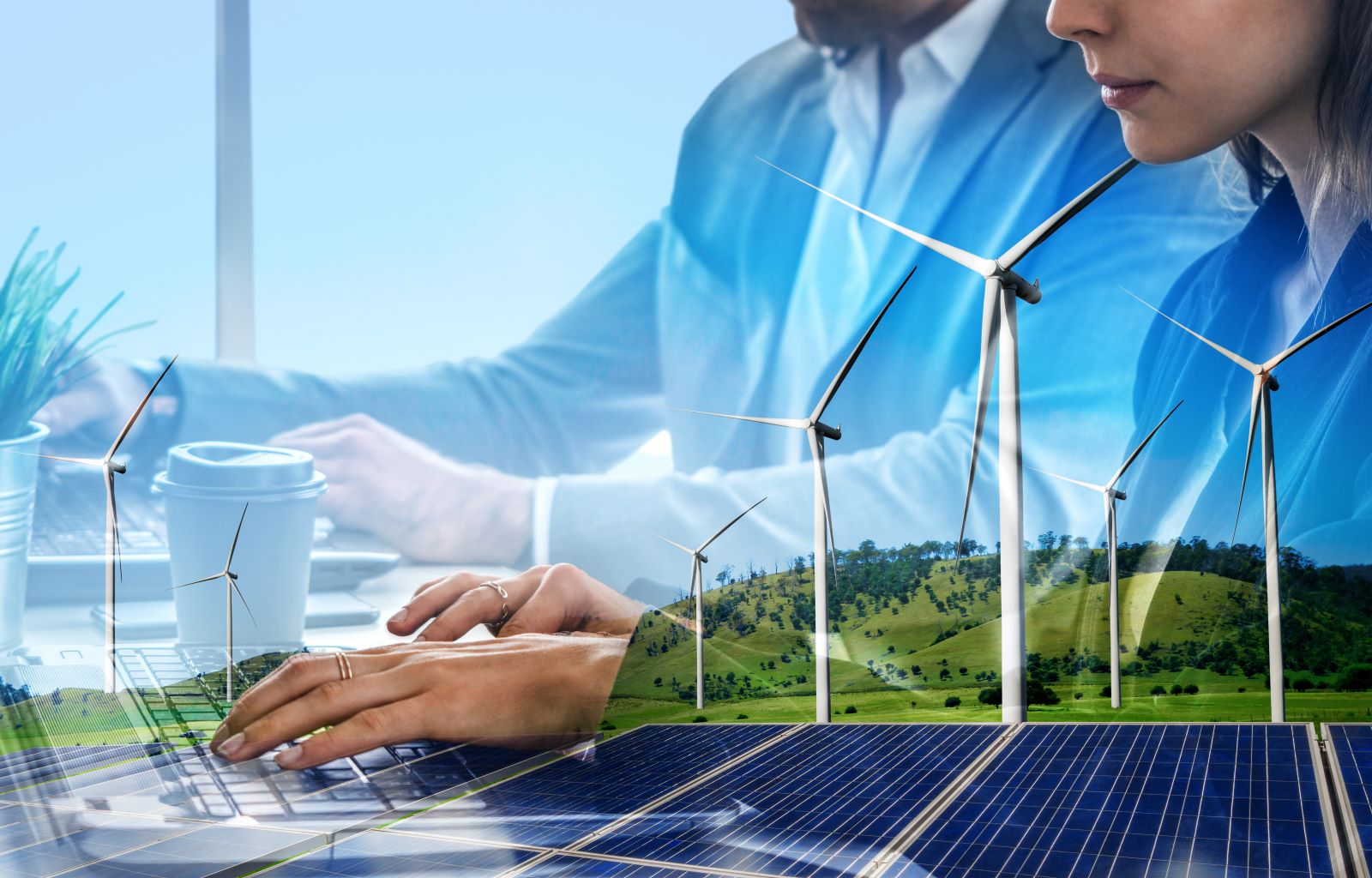
Image Credit: Shutterstock / Summit Art Creations
China plans to increase its solar and wind power generation capacity to 1,700 gigawatts by 2030. The U.S. continues to invest heavily in fossil fuels despite clear evidence of their impact on climate change. Why aren’t we matching China’s commitment to renewable energy?
2. Electrifying Transportation
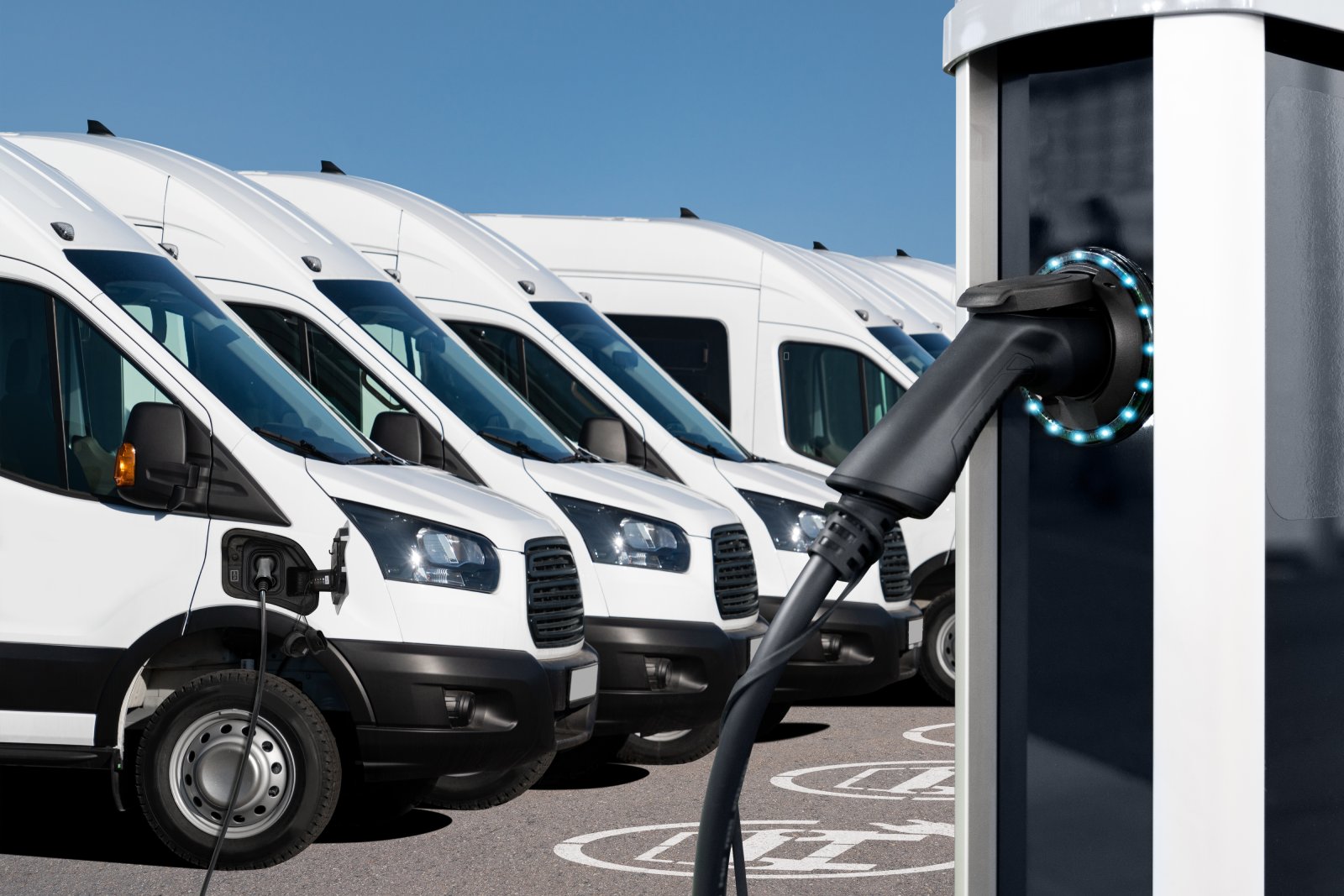
Image Credit: Shutterstock / Scharfsinn
China is rapidly electrifying its transportation sector, with millions of electric vehicles and charging stations. Meanwhile, the U.S. remains heavily dependent on gasoline, with insufficient infrastructure for electric vehicles. Isn’t it time we catch up?
3. Phasing Out Coal Plants
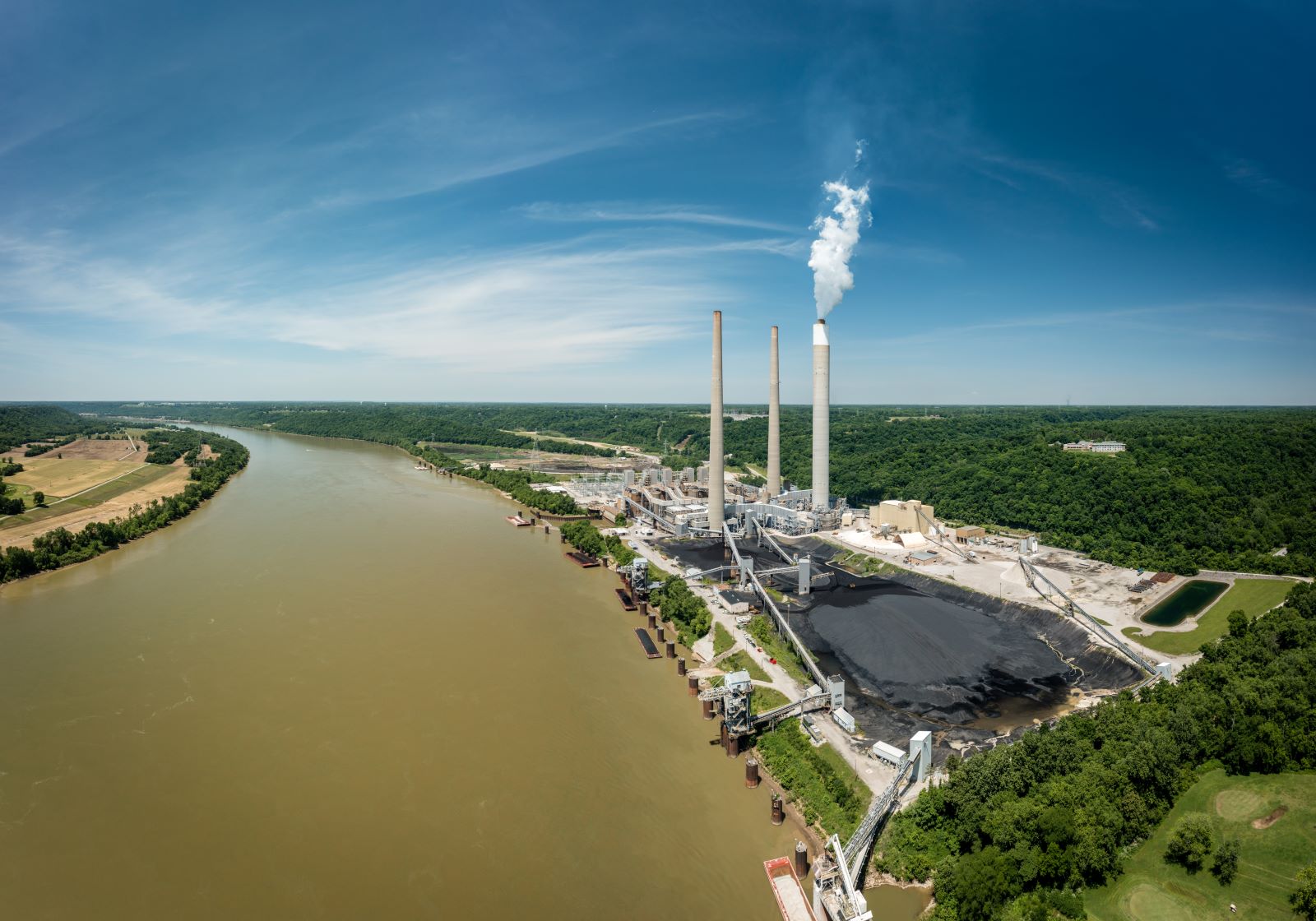
Image Credit: Shutterstock / Alexey Stiop
China has announced it will no longer build coal-fired power plants abroad. The U.S. still operates over 200 coal plants domestically. Why are we clinging to outdated and harmful energy sources?
4. Creating Green Jobs

Image Credit: Shutterstock / narai chal
China already has 54 million green jobs, including 4 million in renewable energy. The U.S. continues to debate the existence of climate change while missing out on job creation in green industries. Are we neglecting our economic future?
5. Leading in Green Finance
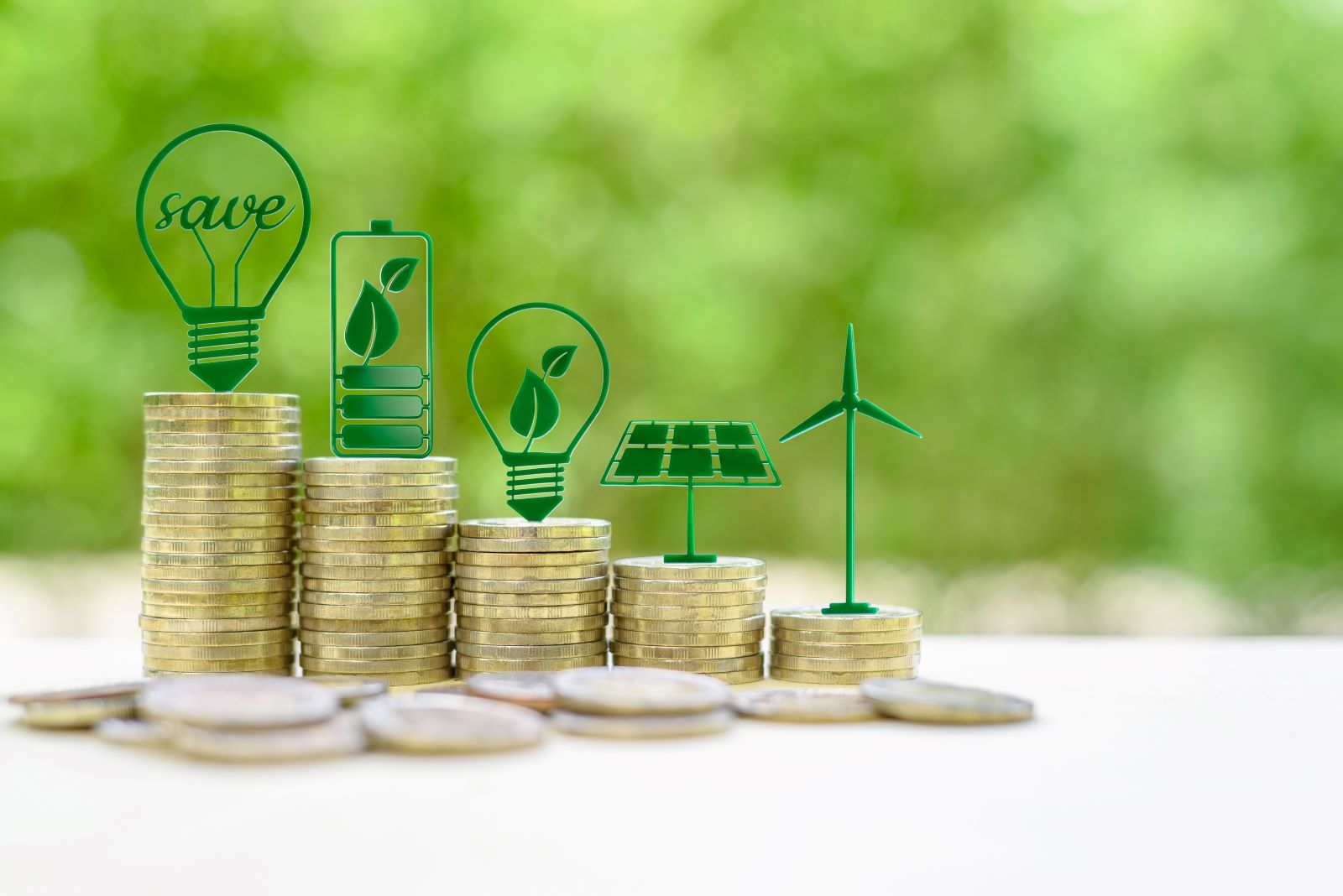
Image Credit: Shutterstock / William Potter
China leads in green finance, funding sustainable projects worldwide. The U.S. financial sector lags behind, prioritizing short-term profits over long-term sustainability. Why aren’t we leading in green investments?
6. Implementing Emissions Trading
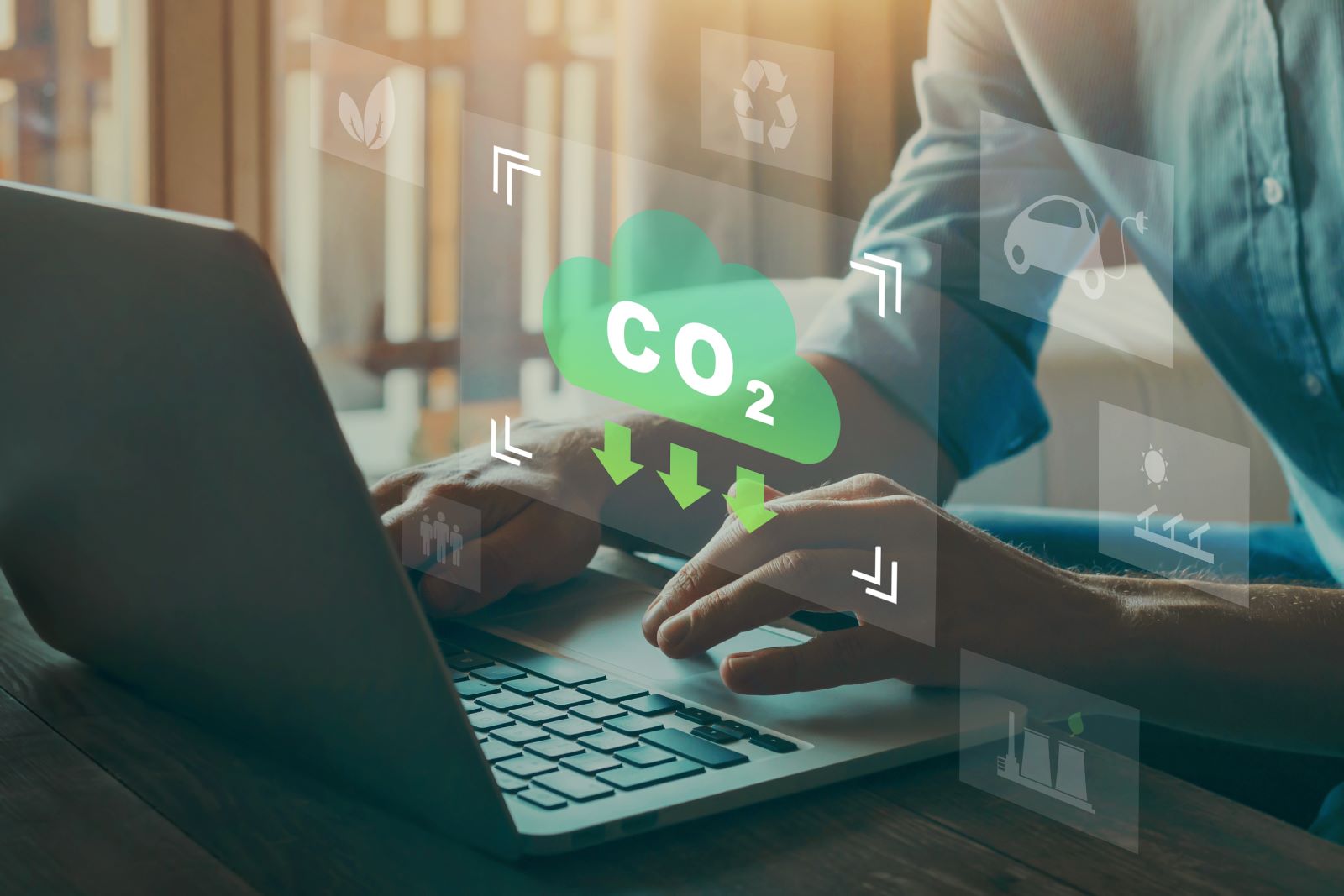
Image Credit: Shutterstock / Song_about_summer
China’s Emissions Trading System is expanding to include high-carbon sectors like steel and cement. The U.S. has yet to implement a nationwide carbon pricing mechanism. When will we take bold steps to reduce emissions?
7. Enforcing Corporate Responsibility

Image Credit: Shutterstock / Summit Art Creations
China mandates climate-related financial reporting for corporations. In the U.S., corporate environmental accountability is often voluntary and insufficient. Shouldn’t we demand more transparency from our companies?
8. Investing in Energy Storage

Image Credit: Shutterstock / Phonlamai Photo
China is heavily investing in energy storage to integrate renewables more effectively. The U.S. energy storage capacity is inadequate, limiting renewable energy adoption. Why are we falling behind in this critical area?
9. Promoting Low-Carbon Agriculture

Image Credit: Shutterstock / ibragimova
China is reforming subsidies to support low-carbon practices in agriculture. The U.S. agricultural policies still favor high-emission practices. When will we modernize our agricultural sector to be more sustainable?
10. Enhancing Climate Resilience

Image Credit: Shutterstock / NicoElNino
China is developing an offset market and disaster risk insurance to encourage investment in climate resilience. The U.S. lacks comprehensive measures to protect communities from climate impacts. Are we prepared for the future?
11. Supporting A Just Transition
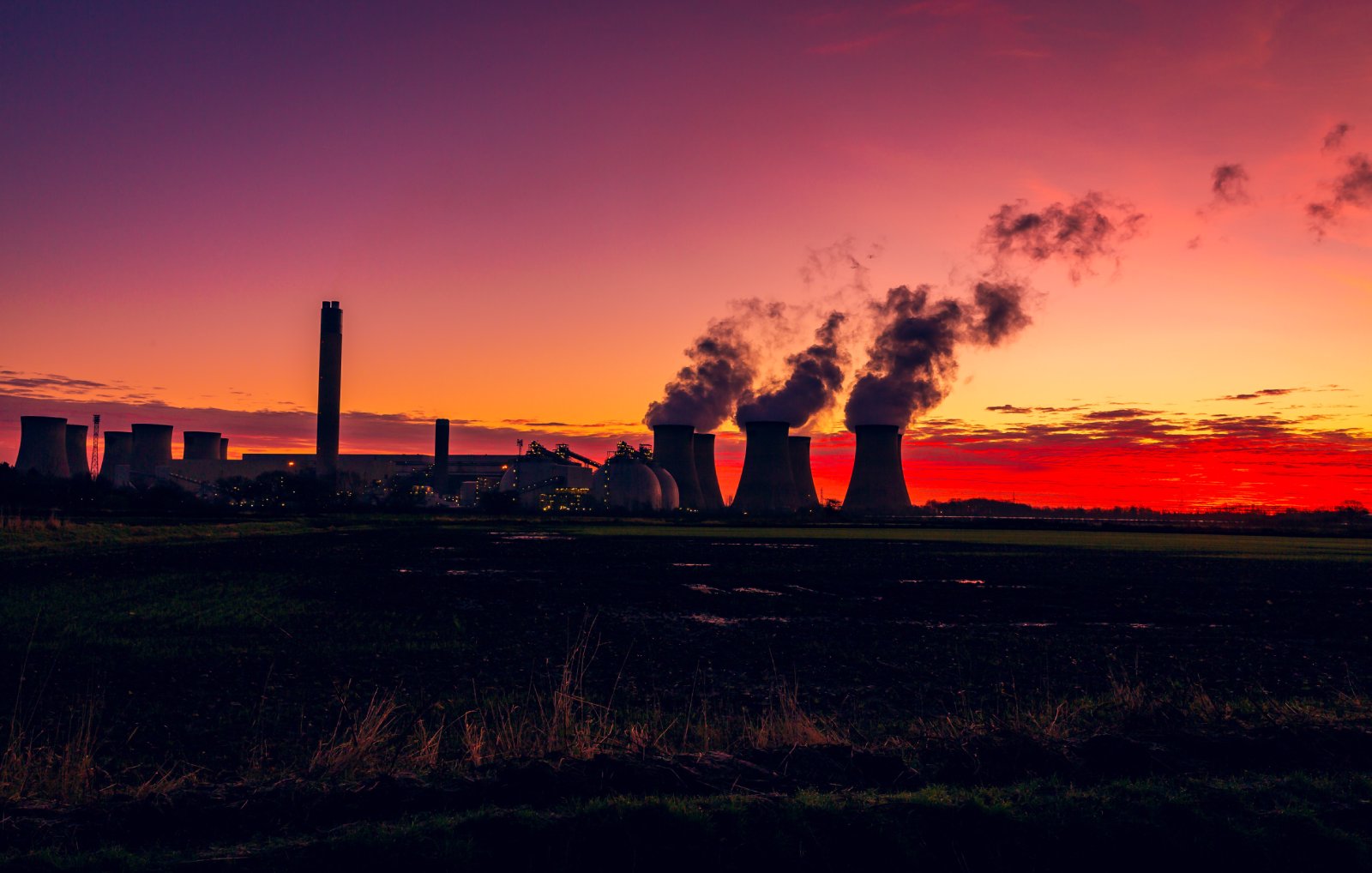
Image Credit: Shutterstock / Serenity Images23
China is focusing on a just transition for workers in fossil fuel industries by providing training and reskilling. The U.S. offers minimal support for workers displaced by the shift to green energy. How will we support our workers?
12. Boosting High-Skilled Jobs
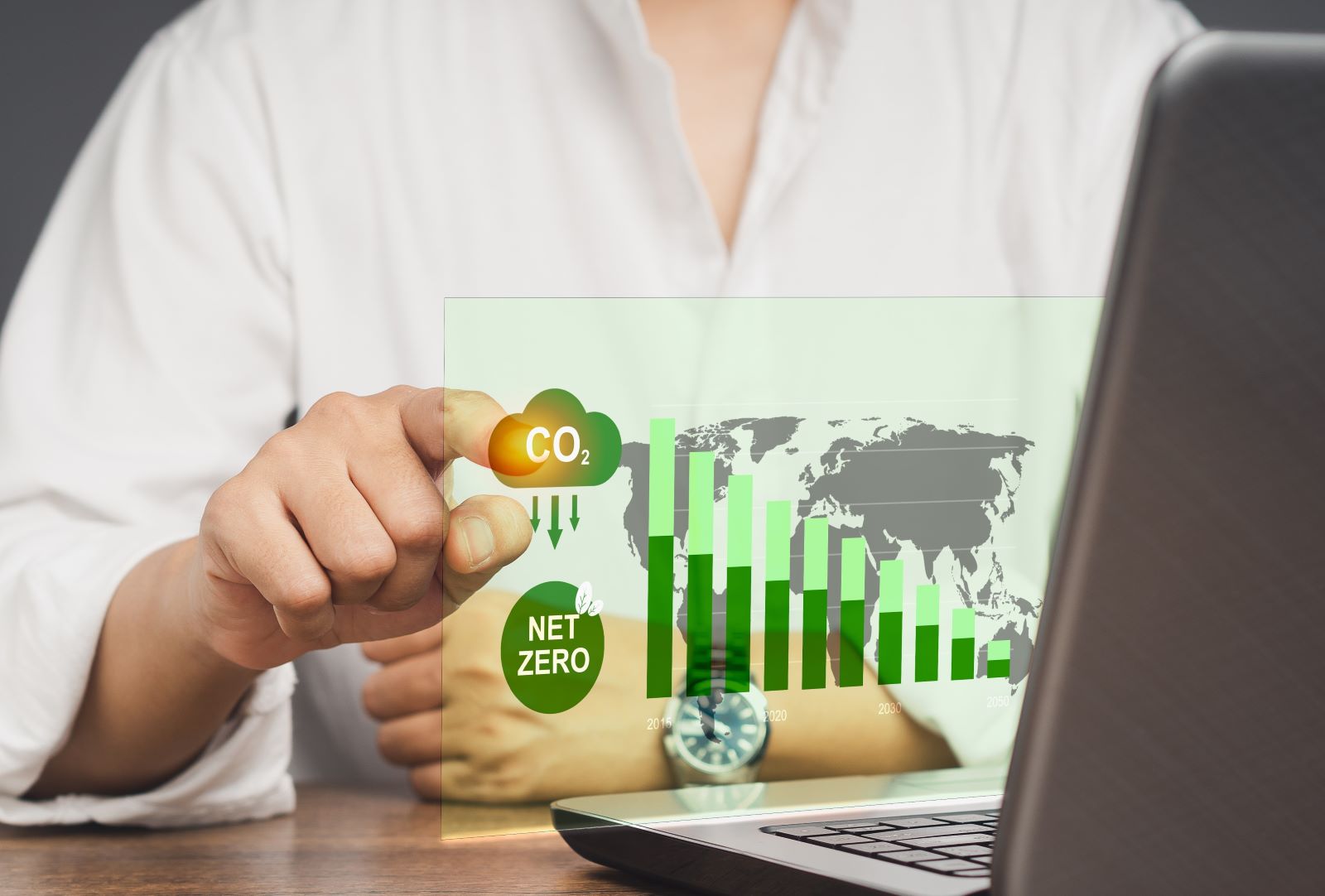
Image Credit: Shutterstock / meeboonstudio
China’s transition to a low-carbon economy is creating high-skilled jobs in high-productivity industries. The U.S. risks falling behind in the global job market without a similar focus. Are we investing in our workforce?
13. Increasing Domestic Consumption
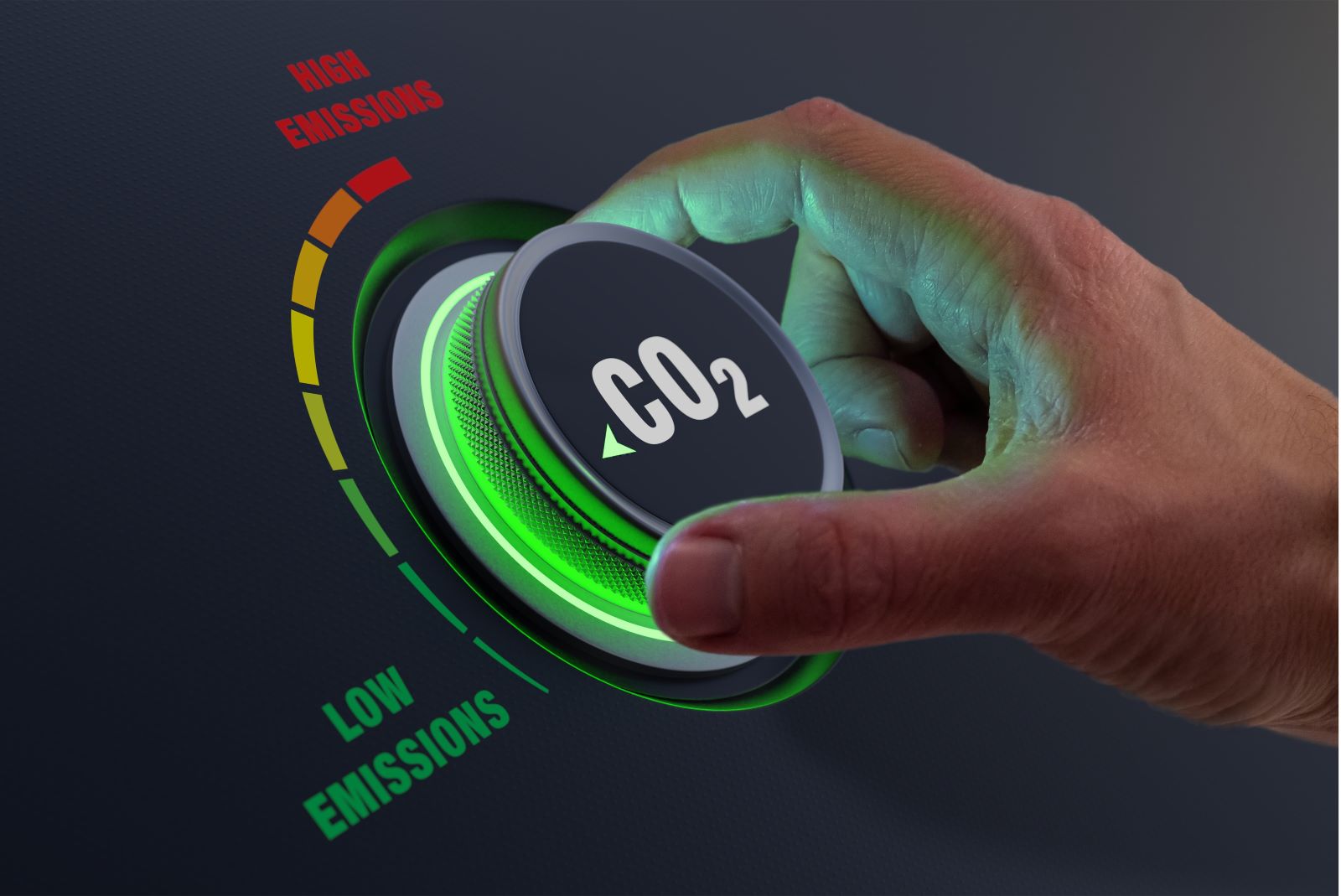
Image Credit: Shutterstock / NicoElNino
China is rebalancing its economy from exports to domestic consumption, reducing carbon emissions. The U.S. economy remains heavily export-driven, contributing to higher emissions. Shouldn’t we rethink our economic strategies?
14. Supporting Green Technology
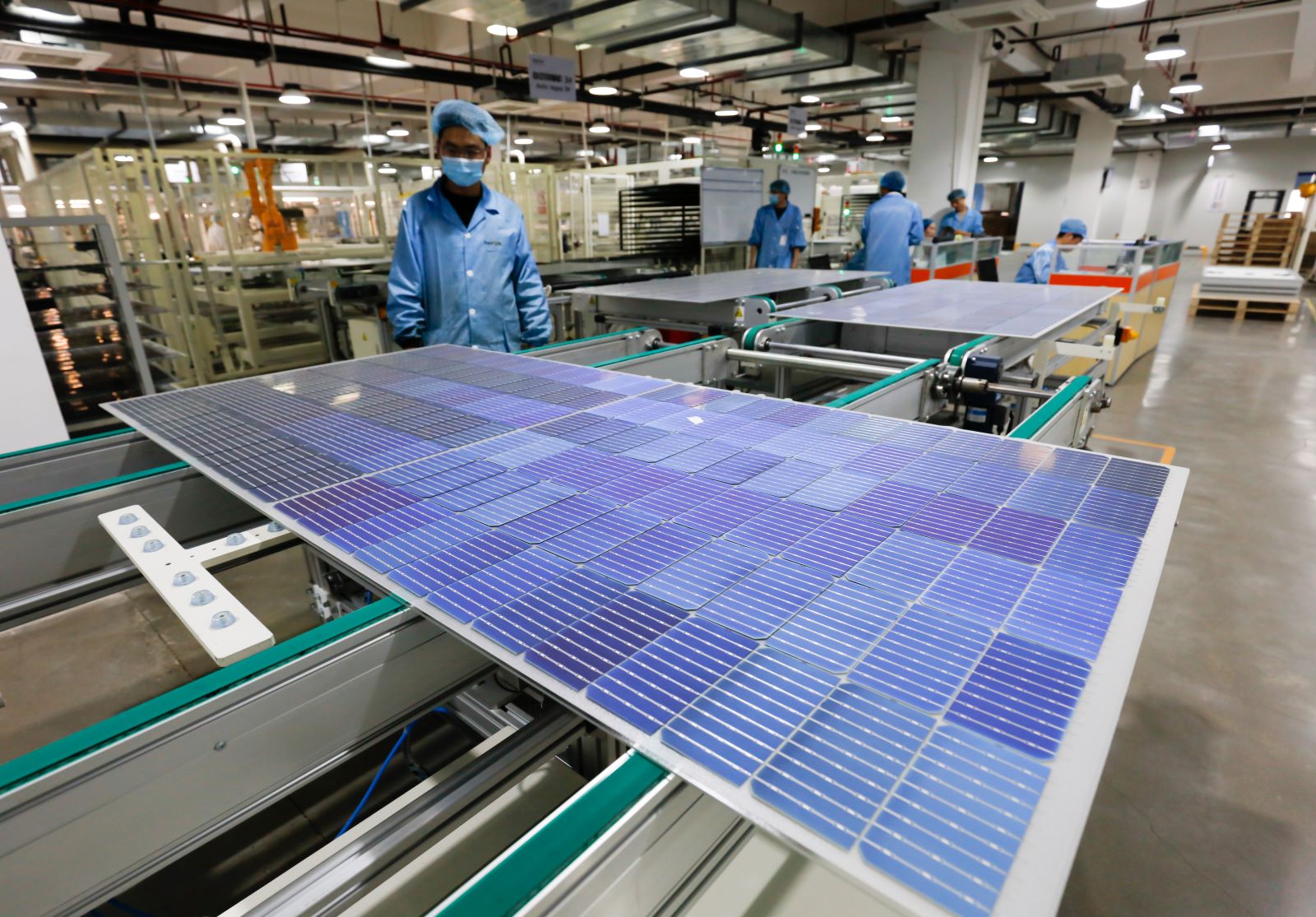
Image Credit: Shutterstock / humpheryreations
China’s advanced technological capabilities are paving the way for carbon neutrality. The U.S. continues to underfund research and development in green technologies. Why aren’t we leading in innovation?
15. Reforming Resource Allocation

Image Credit: Shutterstock / metamorworks
China is moving from state-led to market-driven resource allocation to support high-quality growth. The U.S. struggles with inefficient resource use and allocation. When will we optimize our economic policies for sustainability?
16. Implementing Ecosystem Compensation
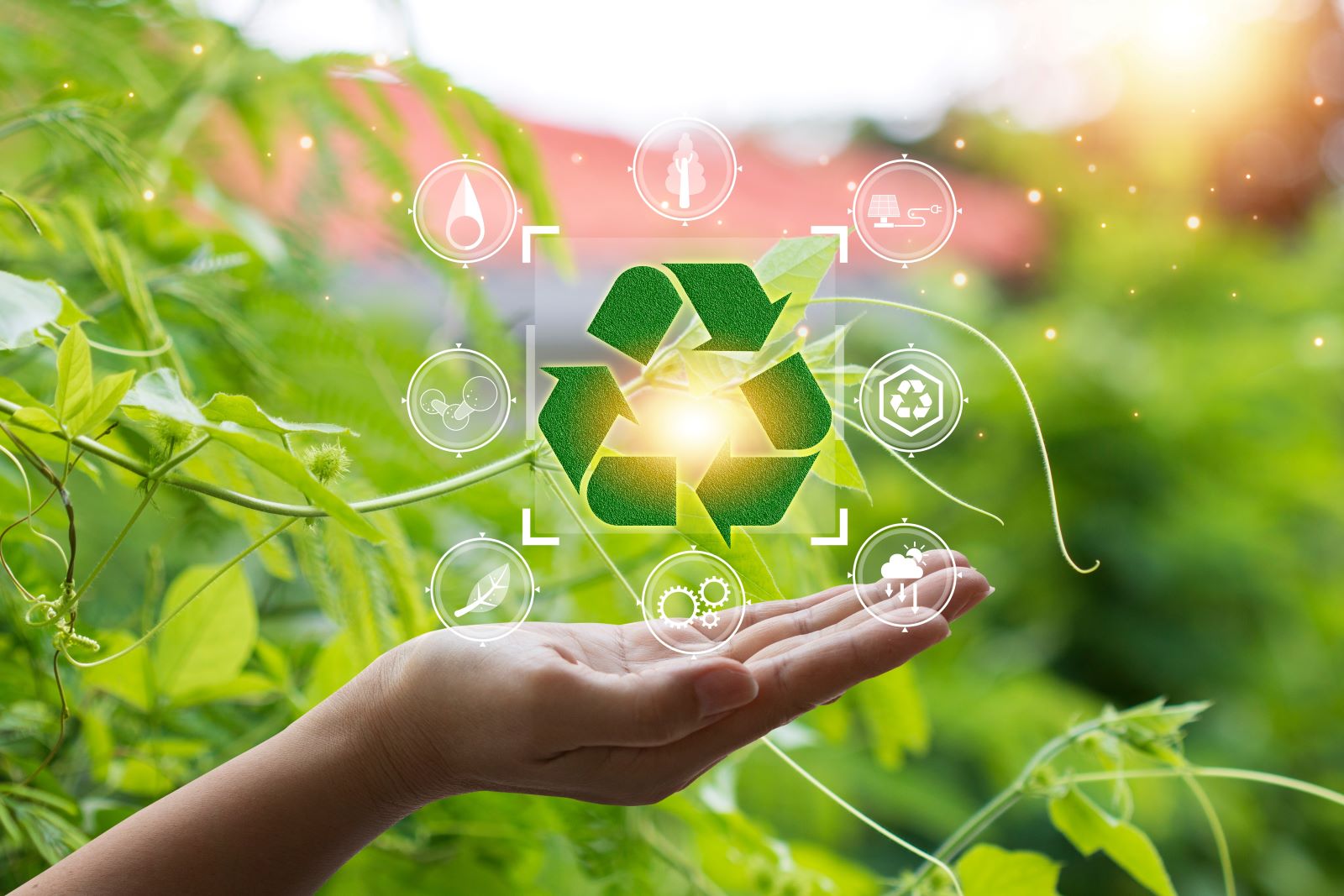
Image Credit: Shutterstock / Sippapas somboonkar
China uses ecosystem compensation payments to promote environmental investment. The U.S. lacks similar incentives to protect and restore natural habitats. Are we doing enough to safeguard our ecosystems?
17. Strengthening Urban Planning
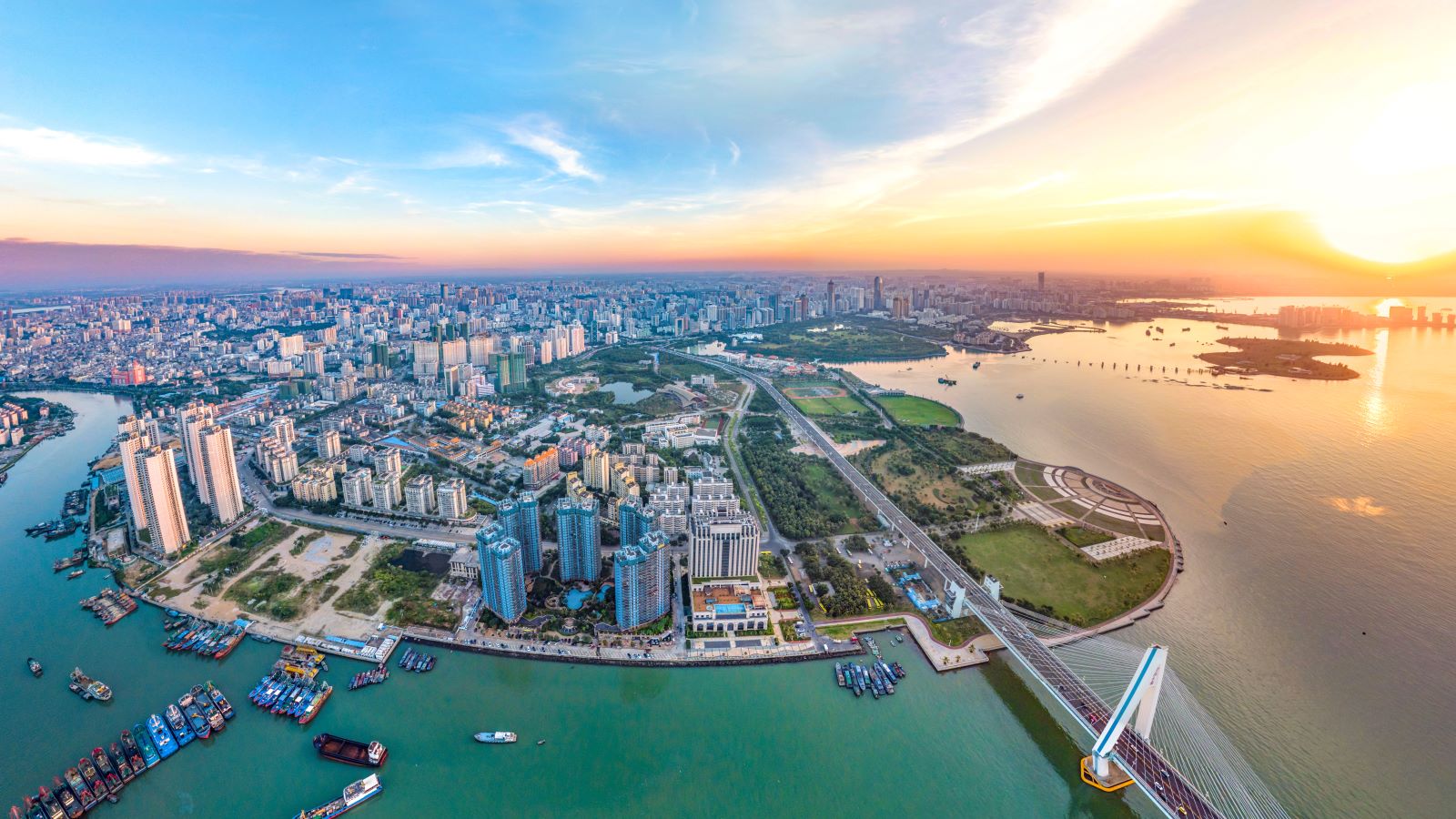
Image Credit: Shutterstock / DreamArchitect
China is addressing climate risks in its densely populated coastal cities through better urban planning. The U.S. cities remain vulnerable to climate impacts without adequate planning. How prepared are our cities for the future?
18. Reforming Water Use

Image Credit: Shutterstock / oticki
China is reforming water use policies to promote sustainable agriculture. The U.S. faces water scarcity issues due to inefficient water use in farming. Shouldn’t we prioritize sustainable water management?
19. Promoting Green Standards
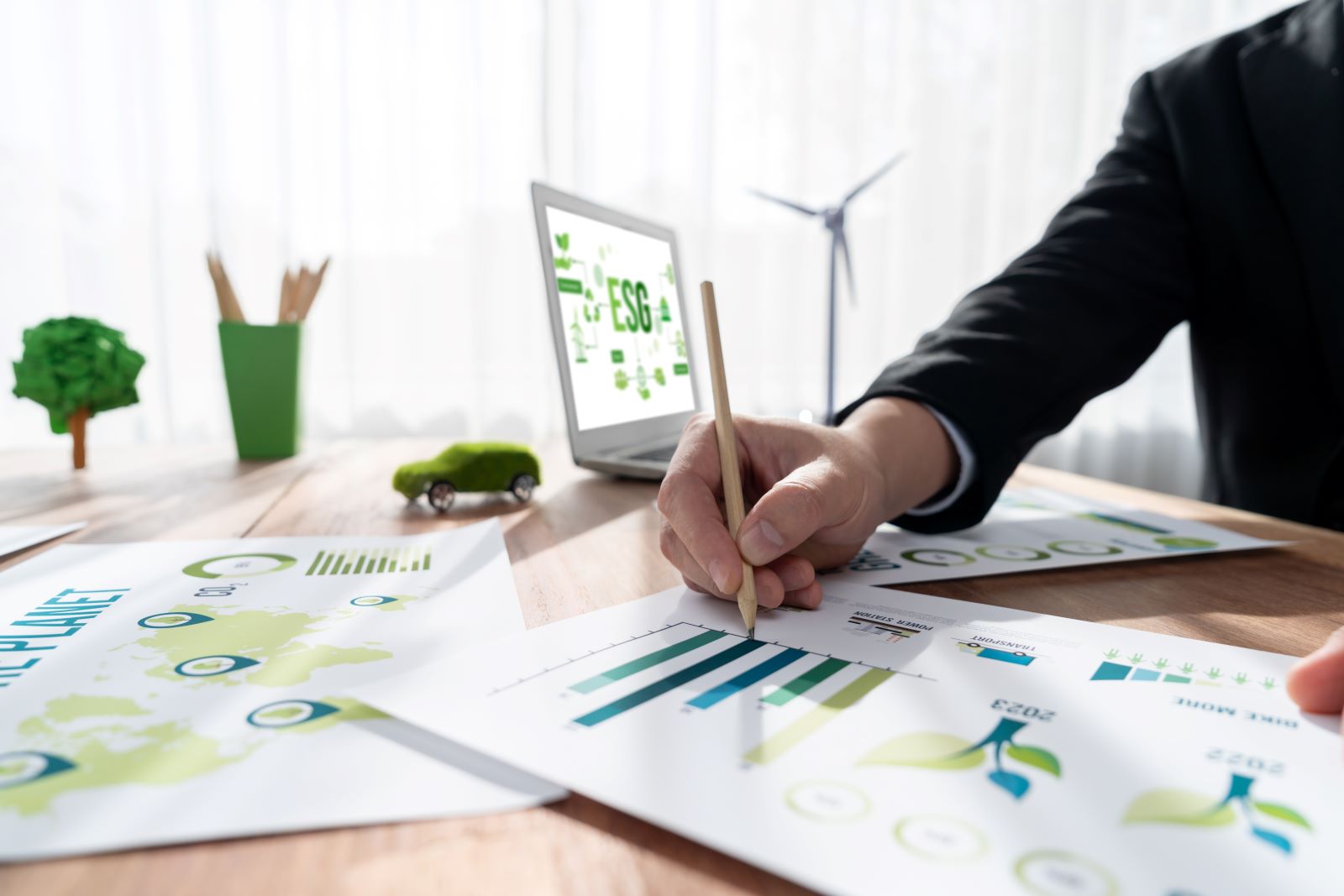
Image Credit: Shutterstock / Owlie Productions
China is developing green standards for buildings and infrastructure. The U.S. building sector lags behind in adopting green practices. Why aren’t we setting higher standards for sustainability?
20. Encouraging Private Sector Innovation

Image Credit: Shutterstock / SomYuZu
China is creating a predictable regulatory environment to spur private sector innovation in green technologies. The U.S. regulatory uncertainty hinders private investment in sustainability. When will we provide clear guidance for the private sector?
Wake Up, America!

Image Credit: Shutterstock / Azlan Stock
Isn’t it time we stop pointing fingers and start taking real action? How much longer can we afford to ignore our own shortcomings while the world moves forward?
Oil Dumping Scandal Rocks Ships Heading to New Orleans

Image Credit: Shutterstock / Aerial-motion
Two shipping companies have been fined after knowingly hiding a large oil spill in the Atlantic Ocean. Oil Dumping Scandal Rocks Ships Heading to New Orleans
20 Eye-Opening Realities Facing Retiring Baby Boomers

Image Credit: Shutterstock / Jack Frog
As Baby Boomers approach retirement, the promise of leisure and security often seems unattainable. This generation faces unique challenges that could redefine retirement. Here’s a stark look at the realities shaping their outlook. 20 Eye-Opening Realities Facing Retiring Baby Boomers
Retail Apocalypse: Massive Closures Sweep Across U.S. Brands

Image Credit: Shutterstock / Tada Images
Stores across the U.S. are closing at unprecedented levels, according to new research from advisory firm Coresight Research. Read on for more information about the impact this could have on you and your communities. Retail Apocalypse: Massive Closures Sweep Across U.S. Brands
Featured Image Credit: Shutterstock / Anton Watman.
For transparency, this content was partly developed with AI assistance and carefully curated by an experienced editor to be informative and ensure accuracy.


